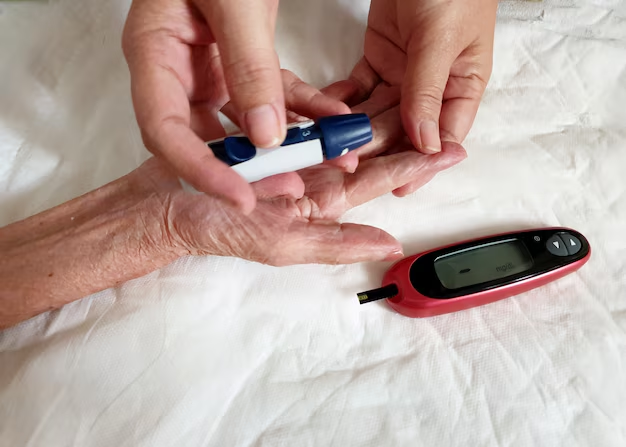Understanding How to Identify Diabetes: A Guide for Every Reader
The feeling of uncertainty that comes with health concerns can be overwhelming, especially when it involves chronic conditions like diabetes. This metabolic disorder affects millions worldwide and, if left unchecked, can lead to serious health complications. So, how can you recognize the signs and get an official diagnosis? Here's a clear guide to navigating the path of identifying diabetes, empowering you with the knowledge to take charge of your health.
Recognizing the Symptoms
Identifying diabetes starts with being attentive to common symptoms. Both Type 1 and Type 2 diabetes have similar signs, though their onset can vary.
Increased thirst and frequent urination: High blood sugar levels cause excess glucose to accumulate in your bloodstream, forcing your kidneys to work overtime to filter it, leading to dehydration and frequent trips to the bathroom.
Extreme hunger and fatigue: When your body can't convert sugar into energy efficiently, it often signals its need for more fuel, causing persistent hunger. This can also leave you feeling unusually tired.
Blurred vision and slow-healing sores: High glucose can damage the small blood vessels in your eyes and impair the body's natural healing process.
Unexplained weight loss: Despite eating more, you may lose weight because your body uses muscle and fat for energy instead of glucose.
Diagnostic Measures
If you're experiencing any of these symptoms, it's crucial to consult a healthcare provider. They will recommend one or more of the following tests:
Fasting Blood Sugar Test
After an overnight fast, this test measures the glucose level in your blood. Levels higher than 126 mg/dL suggest diabetes.
A1C Test
This test provides an average blood sugar level over the past two to three months. An A1C level of 6.5% or higher indicates diabetes.
Oral Glucose Tolerance Test
This involves fasting, drinking a sugary solution, and having your blood sugar levels tested periodically. A result over 200 mg/dL after two hours confirms diabetes.
Random Blood Sugar Test
A random reading over 200 mg/dL suggests diabetes, regardless of when you last ate.
Navigating Diagnosis and Next Steps
Being diagnosed with diabetes can feel daunting. However, the journey doesn't stop there. Managing diabetes involves lifestyle changes, medication, and continuous monitoring. If you're worried about the costs that come with a diabetes diagnosis, know that there are resources available to help ease the financial burden.
Government programs, such as Medicare and Medicaid, provide necessary support to eligible individuals, ensuring access to essential healthcare services and medications. Additionally, various non-profit organizations offer financial assistance for diabetes care.
Consider exploring educational resources to learn about managing the condition effectively. This knowledge can be empowering and vital in preventing complications down the line.
Lastly, don't overlook the importance of financial planning in managing diabetes. If diabetes care has strained your finances, a range of options can provide relief, from debt management programs to credit solutions that can help streamline your expenses over time.
Your Next Steps: Financial and Educational Resources
🔍 Financial Support and Programs:
- 🏥 Medicare and Medicaid: Check eligibility for coverage of diabetes-related expenses.
- 💡 Non-Profits: Organizations like the American Diabetes Association offer financial aid programs.
- 📉 Debt Management: Explore credit counseling for managing medical debt.
📚 Educational Opportunities:
- 🧑🏫 Diabetes Management Courses: Available online and through local health organizations.
- 📖 Workshops and Webinars: Increase understanding of meal planning, exercise, and medication management.
Being proactive is key. By understanding the symptoms, getting the right diagnosis, and exploring financial and educational resources, you can effectively manage diabetes and lead a healthier, more stable life.
